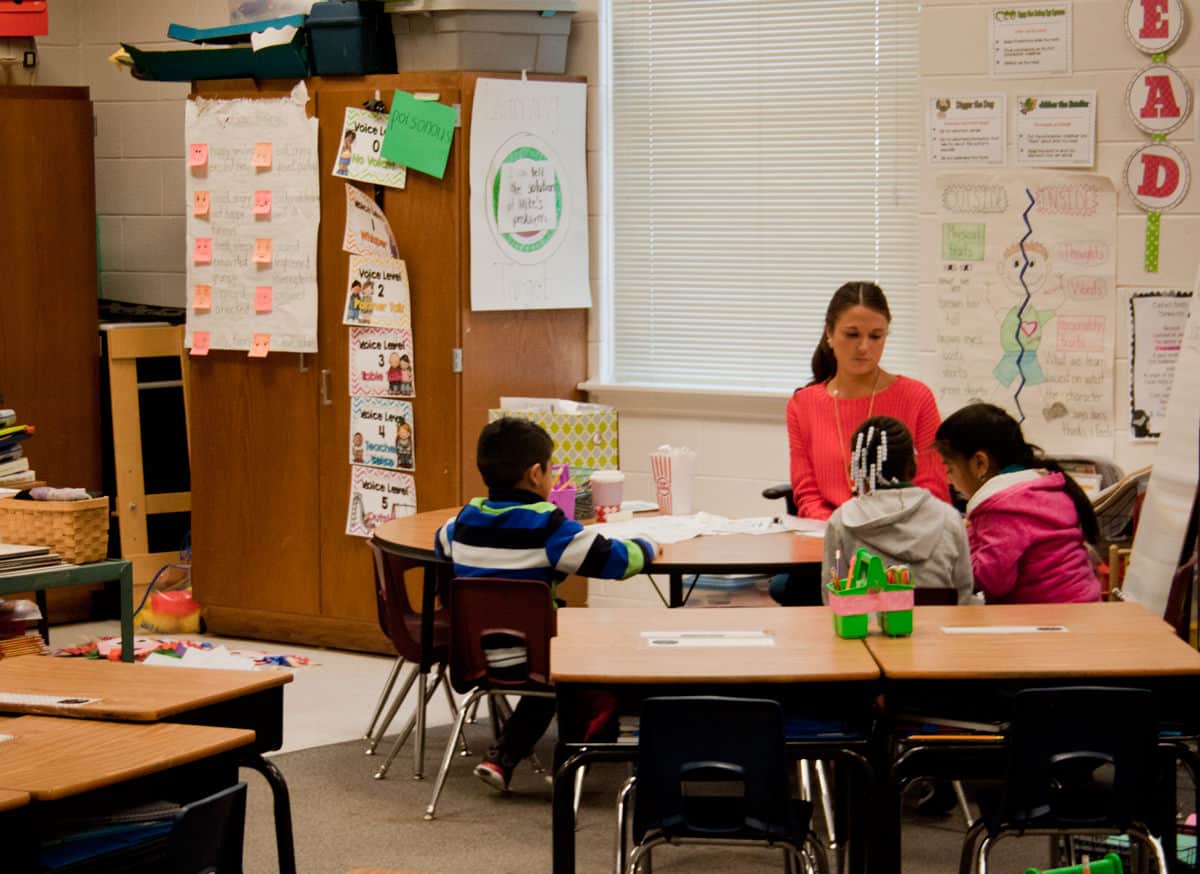There is no such thing as a silver bullet for public education in North Carolina, one single solution to bring all students up to grade level or proficiency on standardized testing. However, I agree with a number of education experts who say that the closest thing to it is having a highly effective school leader.
When I first became the chief financial officer of Winston-Salem/Forsyth County Schools in 1982, one of our most experienced elementary principals invited me out to his school for lunch. I was surprised by the invitation, but gladly accepted. We ate in the cafeteria and, when we finished, he asked if I wanted to take a tour of the school. Again I gladly accepted. I’m not sure what I was expecting of the tour, but it turned out to be quite a surprise.
He did not just take me down halls and tell me which grade levels were in those classrooms. He stopped at every door, told me the teacher’s name and grade level or subject, and told me one or two bits of information about that teacher. In most cases, his comments were positive about “his” teachers. At a couple of doors, he would tell me in effect “We are working hard with this teacher, but I just don’t think she is going to make it.” At a few doors, he would knock and take me into the classrooms, introducing me to the teacher and the students.
To this day I am amazed at how well he knew his teachers and how willing he was to share with me, a non-educator, all of this information about the quality of his classroom instructors. But one other thing amazed me about that visit – I could tell before we ever went on the tour that his was a high quality school. Everybody – faculty, staff, and students – were happy and cheerful. The walls of the school were covered with student work, the whole campus was clean, and the entire atmosphere said we are proud of our school and happy to be here. Since that day I have been in over a hundred other schools, only a few of which have made the same initial positive impression on me. The few that have were all high-performing schools with a principal that everybody agreed was one of the best school leaders. A couple of those schools had essentially 100 percent free lunch-eligible students.
The sad thing is that we can all identify these outstanding school leaders, but we cannot identify exactly what it takes to be one. Leadership is an art, not a science. No one leadership style works in every situation or for every principal. I have been in high performing schools where the principal had few rules and was just a facilitator and supporter, and I have been in high performing schools where the principal was an outright dictator, but a fair and benevolent one. The common denominator is that the school faculty and staff wanted to be there, wanted to succeed, and felt empowered to do so.
The sadder thing is that, in North Carolina, we do not adequately compensate our outstanding principals and do not provide a compensation platform to encourage outstanding potential leaders to become school principals. If school districts in North Carolina only paid their principals the state-mandated monthly pay, our average principal pay would be the lowest in the country. Without local supplements, which our most needy school districts cannot afford, nearly every principal in the state would make less than some, if not many, of the teachers in his/her school. A beginning principal in a 600 student school makes as little as $56,000 annually in state pay for 12-months of work, while many teachers make that much or more for ten months of work. Please understand, I am not saying that teachers are overpaid. Quite the contrary, experienced teachers are vastly underpaid in North Carolina. However, our school leaders are underpaid worse.
Until the past two years, state principal pay had been based on our inordinately low state teacher pay. While beginning teacher pay has been increased almost 14 percent in the past two years, for some inexplicable reason, our legislative leaders have not increased beginning school administrator pay accordingly. They increased substitute teacher pay by 14 percent, but beginning principal pay has increased by less than 1 percent. Certainly we are facing a critical teacher shortage, but we are facing an even more desperate shortage of excellent principal candidates, with nothing but long hours and low pay to “entice” candidates to the positions being vacated every month by retirements.
To make matters worse, the General Assembly’s latest definition of “Low Performing School” places such a stigma and such potential personal consequences on these school leaders that none of our potentially excellent leadership candidates or proven quality leaders would be willing to risk trying to turnaround one of these schools. If the motivation of the leadership in the General Assembly is to help public schools to fail so that they can send more public dollars to private entities, they have come upon the perfect formula – label schools with high percentages of at-risk students as “failing,” personally and professionally stigmatize and/or penalize principals willing to try to lead these schools, and pay your public school leaders less than they could earn in any other state.
My principal friend who took me on a tour of his excellent elementary school in 1982 would cry if he were alive to see the hits his proud profession has taken in the past 34 years. Even his school is not the same as it was then, despite the best intentions of its subsequent leaders. If the General Assembly wants schools to succeed, the best money they could spend would be to better reward the current and future school leaders who find ways to help students learn, regardless of their economic or developmental impediments. Student learning growth has to be a major, if not the primary, factor in measuring school performance and the pay must be significantly improved if we want to have quality leaders and better performance in all of our schools.



